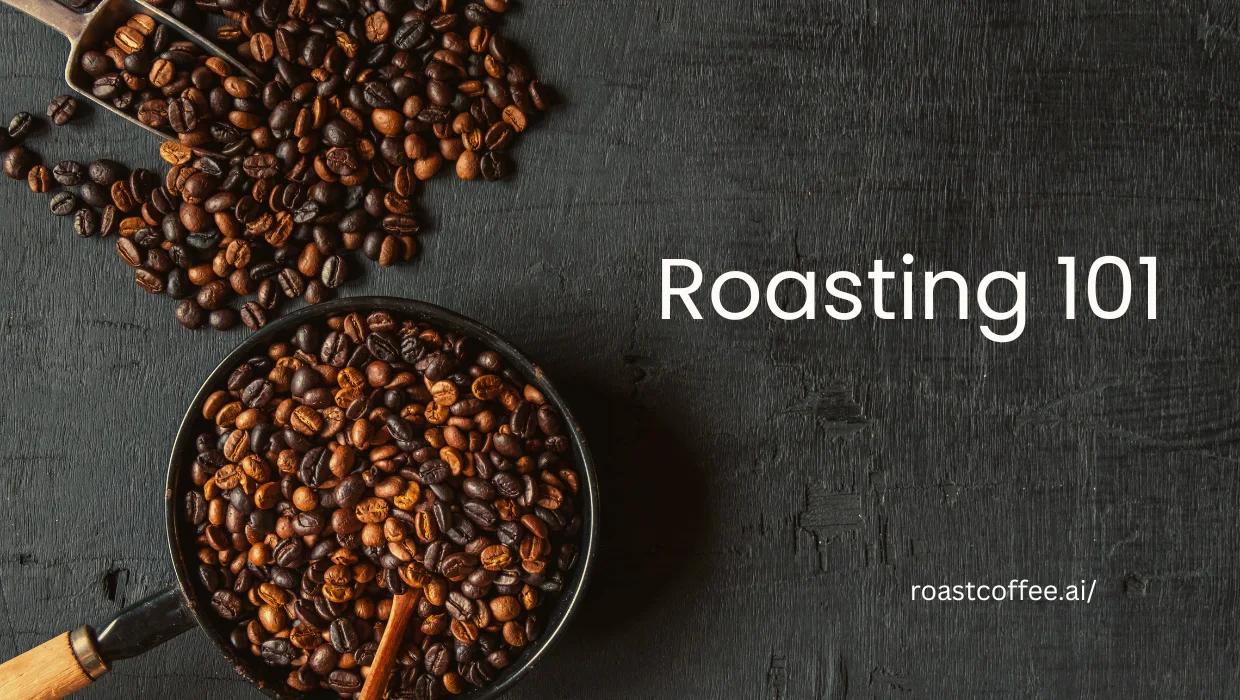Introduction
Tasting coffee is where the journey becomes truly personal. It’s the moment all the growing, roasting, and brewing come together in your cup — and your senses take the lead.
In this final chapter of our “A to Z of Coffee” series, we focus on the sensory side of coffee: how it tastes, feels, and lingers. You’ll explore the vocabulary used by tasters, baristas, and enthusiasts alike to describe aroma, flavor, and body — and gain insight into how professionals evaluate coffee quality. Whether you’re sipping mindfully or just curious about what makes a coffee “balanced” or “bright,” this glossary will sharpen your tasting experience.
The Coffee Glossary: Tasting & Quality
Acidity: In coffee, acidity refers to a desirable sharp, pleasingly tart, or bright quality, often compared to the zestiness of citrus fruits. It’s a positive attribute, contributing to the coffee’s liveliness and complexity. Not to be confused with sourness, which is an unpleasant taste.
Aged Coffee: Green coffee beans that have been intentionally stored for several years, often in humid conditions, to alter their flavor profile. This process can reduce acidity and develop deeper, more complex, often earthy or spicy notes.
Aroma: The smell of brewed coffee, perceived through the nose. It’s a crucial component of coffee flavor, encompassing a wide range of scents like floral, nutty, chocolaty, fruity, or spicy.
Balance: A term used to describe a coffee where no single flavor attribute (acidity, body, sweetness, bitterness) dominates, and all elements are in harmony. A well-balanced coffee offers a pleasant and complete sensory experience.
Body (Mouthfeel): The tactile sensation or weight of the coffee on the tongue. It can range from light (tea-like) to medium (milk-like) to full (syrupy or creamy).
Bright: A positive descriptor for coffee acidity, indicating a lively, sparkling, and often citrusy or fruity sensation.
Caffeine: A natural stimulant found in coffee, tea, and other plants. It contributes to coffee’s stimulating effects and can also influence its bitterness.
Clean Cup: A term used to describe coffee that is free from any off-flavors or taints, allowing its inherent flavors to shine through clearly.
Crema: The reddish-brown foam that forms on top of a freshly pulled espresso shot. It’s an emulsion of coffee oils, proteins, and sugars, indicating a well-extracted shot.
Cupping: A standardized method of tasting coffee, where coffee samples are brewed by steeping in hot water and then evaluated for aroma, flavor, acidity, body, balance, and aftertaste. It’s used by professionals to assess coffee quality.
Earthiness: A flavor descriptor for coffee, often associated with dry-processed coffees or coffees from certain regions (e.g., Sumatra). It can range from pleasant (like fresh soil or mushrooms) to undesirable (musty).
Exotic: A flavor descriptor indicating unusual, rare, or highly distinctive notes in coffee, often fruity or floral.
Flavor Profile: The overall sensory characteristics of a coffee, encompassing its aroma, taste (sweetness, acidity, bitterness), body, and aftertaste.
Flat: A descriptor for coffee lacking vibrancy, aroma, or distinct flavors, often due to staling or poor brewing.
Floral: A flavor descriptor for coffee, indicating notes reminiscent of flowers like jasmine, rose, or honeysuckle. Often found in high-quality Arabica coffees.
Fruity: A flavor descriptor for coffee, indicating notes reminiscent of various fruits, from berries and citrus to stone fruits or tropical fruits.
Gourmet Coffee: A broad term often used to describe high-quality, specialty coffee, distinguished from mass-produced commercial coffee.
Mouthfeel: See Body.
Nutty: A flavor descriptor for coffee, indicating notes reminiscent of nuts like almonds, walnuts, or peanuts.
Sweetness: A fundamental taste attribute in coffee, often perceived as sugary, honey-like, caramelly, or chocolatey notes. It’s a highly desirable characteristic.
Triangular Cupping: A blind taste test where three cups of coffee are presented, two identical and one different, and the taster must identify the odd one out. Used for quality control and training.
Viscosity: A term related to the body or mouthfeel of coffee, describing its thickness or resistance to flow. A high viscosity coffee feels rich and syrupy.
Conclusion
Tasting is where your connection to coffee becomes personal — shaped by your preferences, memories, and palate. With this final chapter, you’ve gained the vocabulary and insight to better express what you’re experiencing in the cup and recognize the craftsmanship behind it.
Whether you’re slurping during a cupping session or quietly enjoying your morning brew, these terms help deepen your appreciation and sharpen your senses. Thanks for joining us on this journey from seed to sip — and remember, every cup has a story waiting to be tasted.
Need help decoding what you’re tasting or finding your flavor preferences? Roastbot’s here for instant coffee insights anytime.


